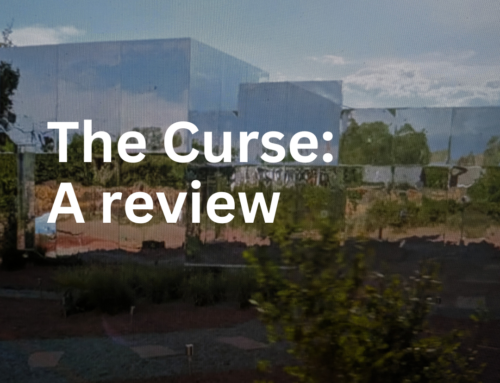Written by Dr. Shane Colclough, Dip EE, BSc, MIE, MBA, PhD, MIEI, CEng, EurIng
I am reminded of the 1st meeting I had with Prof Wolfgang Feist when attending the Passivhaus conference in Dresden. One of the delegation asked if, for the specific case of mild climates, the specific load or specific space heating demand figures could be relaxed. Prof Feist paused and countered with a question himself: “What would your response be if I were to ask you to alter the ratio of the circumference of a circle to the diameter?” (Further pause). “Unfortunately, I have no way of changing the definition of a passivhaus, irrespective of the climate.”
We often lose sight of the strength of the concept of the passivhaus standard. Let’s remind ourselves of our building physics – based roots:
“A Passive House is a building in which thermal comfort (as defined by the standard ISO 7730) can be guaranteed by post-heating or post-cooling the fresh-air flow required for a good indoor air quality without additional recirculation”.
So, at its core is guaranteed thermal comfort and good air quality and the byproduct is that by reducing the space heating demand so that air can be used as the heat transfer mechanism, the need for the traditional heating system has been eliminated, significantly reducing costs. The real sweet spot.
This was the holistic design concept in all its purity proposed by Wolfgang Feist, and the contribution to the worldwide body of knowledge which gained him his Ph.D.
The real beauty of the passivhaus standard is that the theoretical basis on which the concept was founded has not only been proven with the first dwellings built in Darmstadt, but has also been reinforced by countless other academic publications and studies such as the CEPHEUS (Cost Effective Passive Houses as a EUropean Standard) study where hundreds of houses have been monitored and results reported on. This enables the evidence-based approach which is the bedrock of the passivhaus standard.
As those of us with a knowledge of PH enter the fray of discussions about how best to build and the evolution of building codes and regulations worldwide, we must always be mindful of the sound theoretical bases on which the passivhaus standard is founded. While others have opinions on the best approach to achieve near Zero Energy Buildings in the European Union and other building regulations being mandated by administrations and political systems, our greatest strength is our ability to highlight the sound theoretical basis and evidence led approach of the passivhaus standard. This must remain at the core of all that we do.
We know and can prove citizens will benefit from good indoor air quality, good thermal comfort and the virtual elimination of fuel poverty through the adoption of the passivhaus standard.
As a group of industry professionals, we have a moral obligation to contribute and do all we can to ensure that the right decisions are made on behalf of citizens, irrespective of the might of the industry and political lobbyists.
The truth is on our side. Pi is and always will be 3.14159265……




